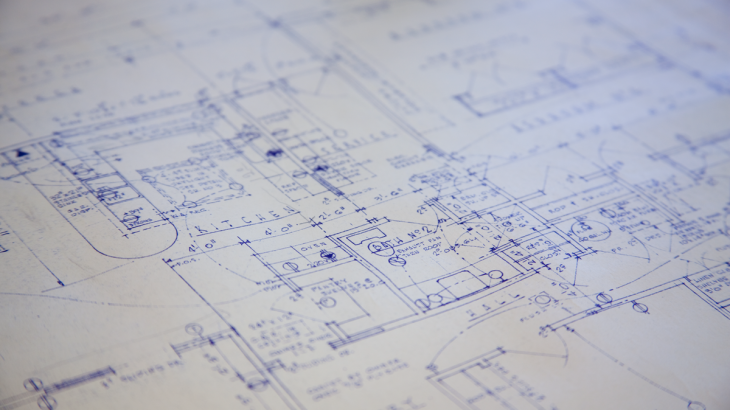Commissioning is a process by which existing equipment is checked and verified to ensure its systems, such as heating and cooling, electricity, running water, etc. are working efficiently and as originally intended. Commissioning attempts to solve any building performance issues, effectively improving building efficiency. This article will look into the details of building commissioning, its benefits, the major types of issues that can be remedied, and the types of businesses best suited for commissioning.
Background
It has taken over 30 years for building commissioning to become more commonplace, and it has plenty of room to grow. In 1991, around the time energy efficiency was gaining traction, electric utilities began requiring commissioning on all energy efficiency installations. Over the past few years, commissioning has become a popular and growing professional practice due to the push towards reducing operating costs through whole building energy efficiency management. A 2009 Lawrence Berkeley National Laboratory study estimated U.S. facility managers could save $18 billion per year from commissioning. Today, those numbers are significantly higher, as more and more business leaders want their buildings to become LEED certified.
Benefits of Commissioning
The same 2009 Lawrence Berkeley National Laboratory study found 16% energy savings for whole building commissioning, with a payback period of 1.1 years. Buildings with higher energy consumption were found to be more cost-effective and saved larger amounts of energy. “These findings demonstrate that commissioning is arguably the single-most cost-effective strategy for reducing energy, costs, and greenhouse gas emissions in buildings today.” The U.S. General Services Administration also notes that, “on average the operating costs of a commissioned building range from 8% to 20% below that of a non-commissioned building.”
The U.S. General Services Administration provided a helpful list of commissioning benefits:
- Improved building occupant productivity
- Lower utility bills through energy savings
- Increased occupant and owner satisfaction
- Enhanced environmental/health conditions and occupant comfort
- Improved system and equipment function
- Improved building operation and maintenance
- Increased occupant safety
- Better building documentation
- Shortened occupancy transition period
- Significant extension of equipment/systems life cycle
Building Energy Inefficiencies
The following graph depicts top causes for energy inefficiencies in commercial facilities. Duct leakage and HVAC waste take spots #1 and #2. This is not surprising, but take a close look at #3: “Lights left on when space unoccupied.” Simple upgrades to dimmer switches and sensors would make this a non-issue and could save business owners hundreds or thousands of dollars annually, depending on the size of the building.
Source: Lawrence Berkeley National Laboratory
Commissioning by Building Type Results
The following graph depicts typical results after commissioning by building type. This should help illustrate that a wide variety of businesses, including schools, food service, laboratories, small and large offices, and more can take advantage of building commissioning. Each industry may require niche focus areas, but building envelope, heating and cooling, and lighting are measures important for all building types. To optimize building performance and efficiency, managers should think critically about their building and what kind of improvements can be made.
Source: Lawrence Berkeley National Laboratory
The following graph shows deficiency numbers in buildings. We see from this data that most sites do well with their building envelope, but heating and cooling, lighting, and thermal distribution have significant deficiencies, by total number and percentage.
Building Deficiencies
Source: Lawrence Berkeley National Laboratory
Building Commissioning Guide
The following is a great chart that shows the systematic process of building commissioning. Facility managers can read more about building management from the National Institute of Building Sciences Whole Building Design Guide. We recommend any facility manager looking into building commissioning to take advantage of these resources, as helpful guidelines and benchmarks have been put in place to assist with the commissioning process.

Source: Lawrence Berkeley National Laboratory
Bottom Line
Commissioning is a part of whole building management. Duct leakages, heating and cooling waste, and lighting inefficiency are major issues that exist across any industry and within any building infrastructure. Solving issues like these through building commissioning leads to more sustainable, efficient practices that lower operating costs, reduce greenhouse gas emissions, and improve bottom lines.






